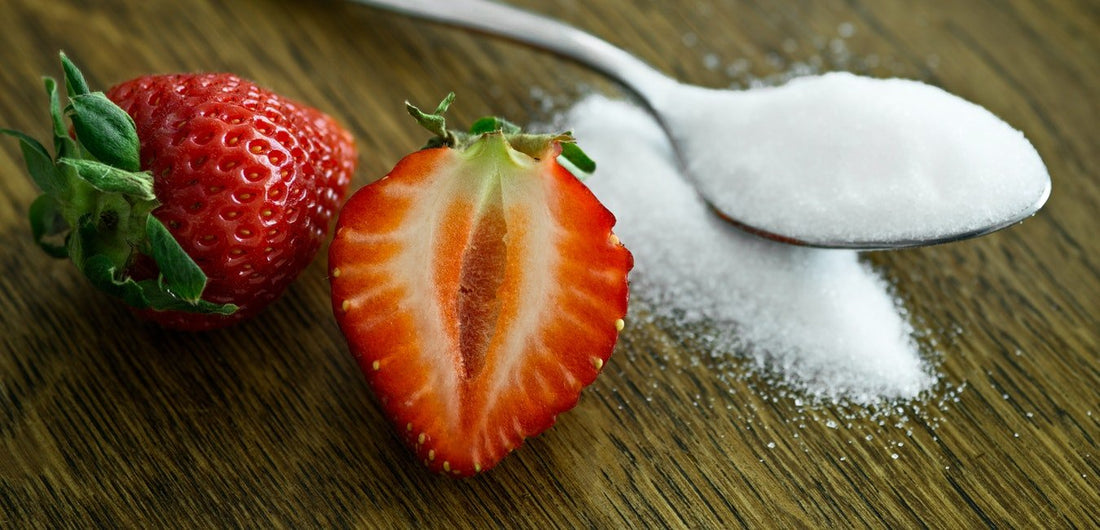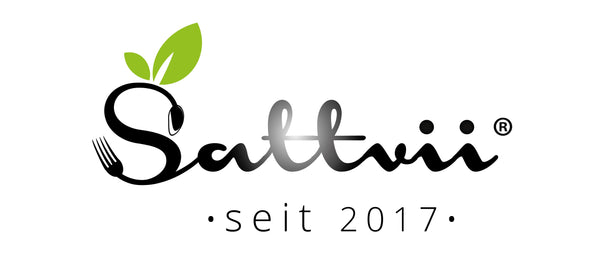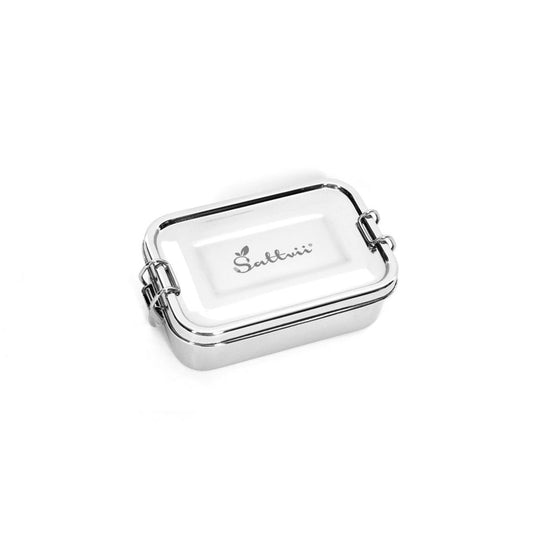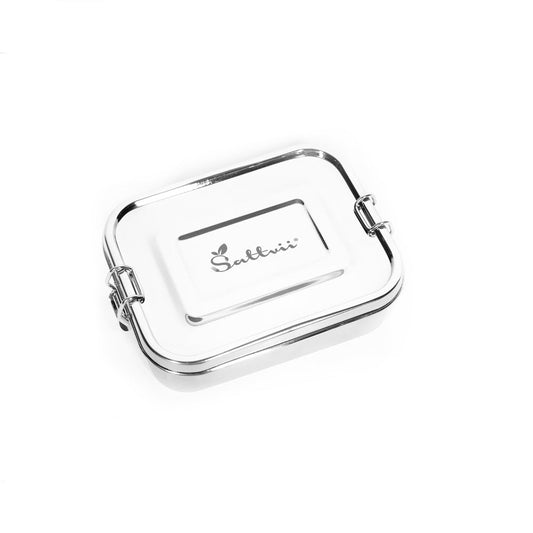
Sugar - how dangerous is it really for my child?
shares
Sugar - everyone knows it, most love it. Especially when it comes to children's nutrition, it is a well-known topic, because at least children do not like sweets.
As a parent, you naturally ask yourself all sorts of questions. How much sugar a day is acceptable? Can I also manage a diet completely without sugar? And is sugar the same as sugar?
In today's blog post we would like to clarify how much sugar is actually appropriate for your child and what you should pay attention to.
Sweets do not contribute much to the nutrient supply of our body and also damage our teeth if consumed too much.
Somehow sweets are simply part of a balanced diet. Not in the first place, but still. You may be there. As with everything else, the right measure is also important here.

It is said that a maximum of ten percent of our daily energy intake should come from sweets and snacks. Ok, that doesn't sound very tangible. The professional association for paediatricians therefore recommends, in simplified form, that there should be no more than 25 grams of sugar for children per day. Babies and toddlers under the age of two are even advised to completely avoid food and drinks with added sugar.
According to nutritionist Dr. Elke Arms, for example, offers the food pyramid as a possible point of reference when snacking. Here each food group is assigned a specific value.
This means, for example, that things like low-calorie or free drinks, fruit, vegetables and grain products are first place in the nutrition plan should. Soft drinks and snacks come last, and that's okay because bans only lead to cravings, says Dr. Arms.
How much your child can snack without hesitation actually depends on their age and energy requirements. For seven to ten year olds, for example, it would be 180 kcal of sweets a day.
- 4 to 6 year olds: 150 kcal
- 7-10 year olds: 180 kcal
- 11-12 year olds: 220 kcal
- 13-14 year olds: 220 kcal for girls, 270 kcal for boys
Also interesting:
The most important vitamins for children
Clear rules
In order to get and keep a healthy overview of your child's snacking behavior in everyday life, we have thought of a few rules that will definitely help you.
-
Get a kind of “snack box” for your home. In this you keep the allowed weekly ration of sweets. Now all you have to do is decide whether your child can take something once a day or you leave it up to them and let them decide for themselves when and how much
it nibbles on it. So you have a learning effect right away, because the crowd has to divide itself up. - No sweets before lunch
- Nothing sweet in front of the TV
- Rarely let them drink juices
- Do not use sweets as a reward, otherwise they will get an “emotional value”
- If you also involve grandparents and acquaintances in the topic, everyone is on the same page and you can support each other
If your child still has an appetite for sweets, it is best to offer them sweet fruit such as watermelon or grapes. That should help.Fruit with yoghurt is particularly good as a dessert after lunch. Alternatively, you can also offer jam or honey bread.
What can happen?
If you don't pay attention to a controlled sugar intake, health consequences such as obesity, diabetes and tooth decay can occur. In the long term, there is even a risk of cardiovascular diseases such as high blood pressure or a heart attack. Rheumatic diseases such as gout can also occur.

You see, there are a lot of dangers lurking, so it is all the more important to pay attention to what your child gets in the lunch box to school or kindergarten. In the next paragraph we come to products that you may have thought were safe and even healthy.
The traps of everyday life
According to the German Society for Nutrition (DGE), the majority of sugar is ingested through classic sweets (36 percent). This is followed by sweet drinks such as fruit juices, nectar (26 percent) and lemonades (12 percent). So if you really want a juice, just dilute it with water. Drinks are so dangerous because they do not cause a feeling of satiety and so quickly create a risk of obesity.
You think there's only sweet in sweet? Not correct! Many salty foods also contain sugar, which is often added during industrial processing.
Did you know, for example, that ketchup can contain up to 20 percent sugar? Or hide about 15 grams of sugar in a tuna pizza? Sad but unfortunately true.
Ingredients
It's best to get used to always checking the ingredients. Especially with items that are advertised especially for children, be it muesli, children's quark or children's tea. These products often contain more sugar than similar ones.
Foods that are marketed as particularly healthy are usually very high in sugar. Around 73 percent of the mueslis & co. that are purchased exceed the WHO daily recommendation of 15 grams of sugar per 100 grams.
For cereals that are specifically aimed at children, a whopping 99 percent of products that over
Nevertheless, we have good news: If you rarely snack, you will soon be able to cope with less sugar.
What you should pay attention to when shopping
As already mentioned in the previous paragraph, it makes sense to check the ingredients as soon as you go shopping. Unfortunately, there are many different terms for sugar and it is not obvious at first glance what is sugar and what is not.
Even if a product is marketed as “sugar free” it may still contain some. The list of ingredients must explicitly contain the word “sugar” only for household sugar (sucrose).
Other types of sugar can be called, for example:
dextrose
Fructose (fruit sugar)
glucose (dextrose)
Lactose (milk sugar)
Maltodextrin
Maltose (malt sugar)
You can also find different types of sugar in products such as syrup (glucose syrup, invert sugar syrup, maple syrup), malt extract, whole milk powder, sweet whey powder, skimmed milk powder and syrups (agave syrup)

We hope we have been able to help you with shopping and choosing meals for your child's lunch box. We also recommend a stainless steel lunch box. If you have any further questions, please contact us using the contact form.
.



